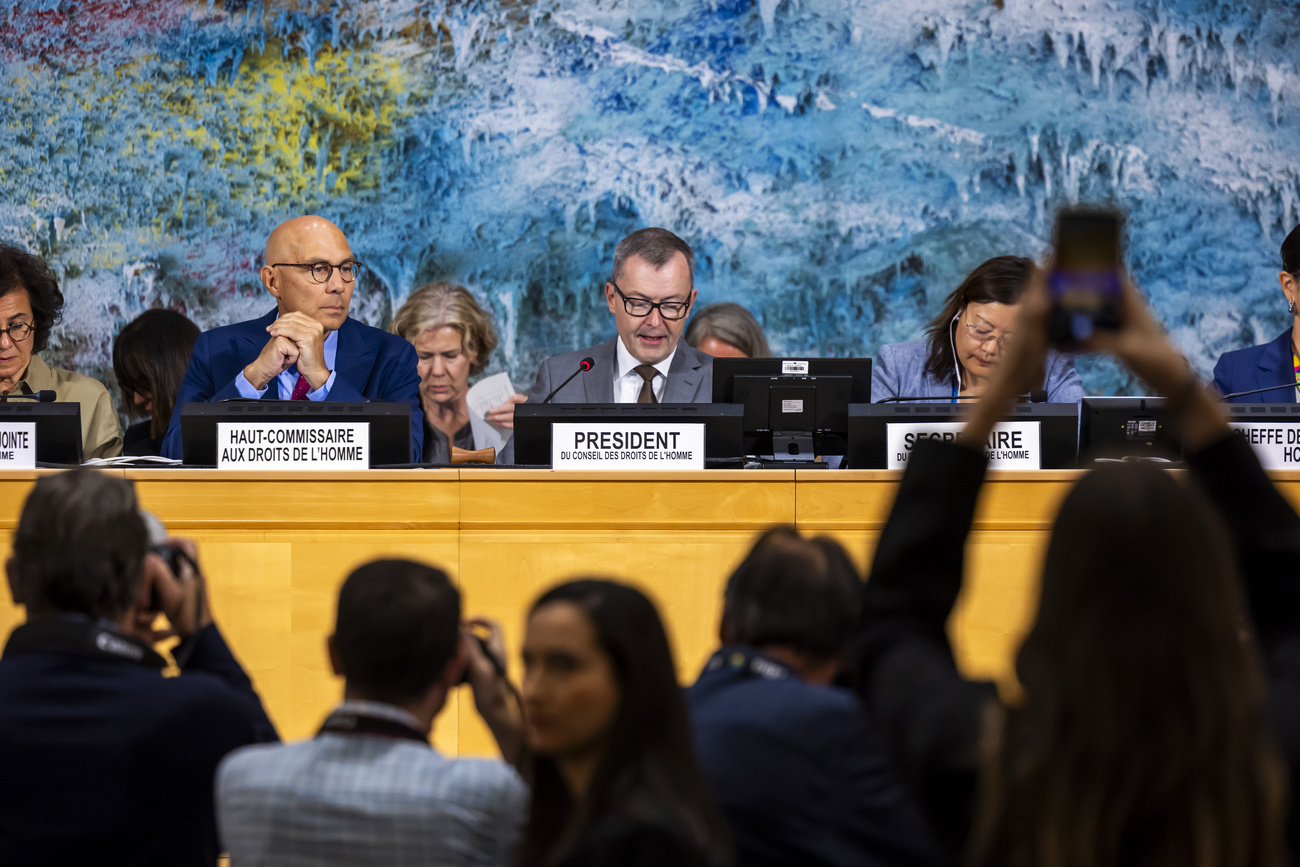
Hodler’s finest landscapes come to Zurich

One of Switzerland’s greatest artists, Ferdinand Hodler, painted over 700 landscapes during his long career, drawing inspiration from the Bernese Oberland and Lake Geneva.
Seventy-two of the best of them can now be seen in an exhibition at Zurich’s fine arts museum, the Kunsthaus.
To see these extraordinary images of mountain peaks and lakes alongside subtle and exquisite studies of trees, streams and stones is to go back to nature – which is what Hodler (1853-1918) actually did as an artist.
But these are far from being chance snapshots, taken by an artist sitting outdoors with his palette and easel.
“Hodler was not an open-air painter,” curator Tobia Bezzola told swissinfo, “nor was he an impressionist.
“What he did outside was to make thousands of sketches. He then developed the final painting in his studio from memory and using his imagination.”
He was in fact largely faithful to nature in his representation of views and motifs, highlighted among other things by the play of light, colours, mist and clouds.
Unique approach
His landscapes take the viewer through the seasons, creating a coherent and artistic composition from the elements of natural phenomena.
“Hodler studied nature at university, taking courses in mineralogy and geology,” says Bezzola. “It’s from that basis that he developed his personal and unique approach to landscape painting.”
Born in Bern, the eldest of six children, Hodler came from a poor family and began painting during his teens.
Eager to develop as an artist, he moved to Geneva, which in his eyes was “the only cultural centre in Switzerland”, where he stayed for the rest of his life.
Mentor
In Geneva the young Hodler’s talent was spotted by Barthélemy Menn, who invited him to attend classes at the Academy of Fine Arts.
“Menn was in the tradition of French landscape painting and became Hodler’s teacher and mentor,” said Bezzola.
Hodler captured evocative views of the Bernese Oberland and Lake Geneva on canvas, with mountains in the background reflected on the surface of the water.
“You must bear in mind that Hodler made hundreds of sketches of the views, and what he did in his studio goes far beyond what you actually see,” Bezzola said.
“For instance there are vineyards on the Swiss shore of the lake, but you never see any vines in Hodler’s paintings of that region.”
Growing reputation
The young Hodler sold many of his paintings to British and German tourists visiting the Bernese Oberland.
These days, his works can fetch millions of francs at auction and his reputation is growing.
But outside the art world and Switzerland, Hodler is not a familiar name. So why does this undoubtedly great artist not have the general recognition his paintings deserve?
Bezzola says the answer goes back to the First World War, when Hodler spoke out against Germany and in support of France and its allies.
“The Germans never forgave him for that,” he said.
Isolated
“All his paintings were removed from German museums and sold. His international career would otherwise have progressed by being integrated into the context of German and Austrian art in which he stands.
“Due to the prevailing political situation of the time, as a Swiss painter he found himself suddenly isolated. But sooner or later he deserves and will receive much broader international attention.”
The exhibition is a co-production with the Swiss Institute for Art Research and Geneva’s Art and History Museum, where a similar show attracted thousands of visitors.
“Ferdinand Hodler: Landscapes” is at the Zurich Kunsthaus until June 6.
swissinfo, Richard Dawson in Zurich
Ferdinand Hodler (1853-1918) was born in Bern.
In 1872 he moved to Geneva and was accepted into the painting class of his teacher and mentor, Barthélemy Menn, at the Academy of Fine Arts.
During the years which followed, he won numerous awards for his paintings, including a gold medal at the 1900 World Exposition in Paris.
Hodler was expelled from all artists’ federations in Germany after signing a petition in 1914 against the bombing of Chartres cathedral by German forces.
His international reputation was slow to develop as a result.

In compliance with the JTI standards
More: SWI swissinfo.ch certified by the Journalism Trust Initiative







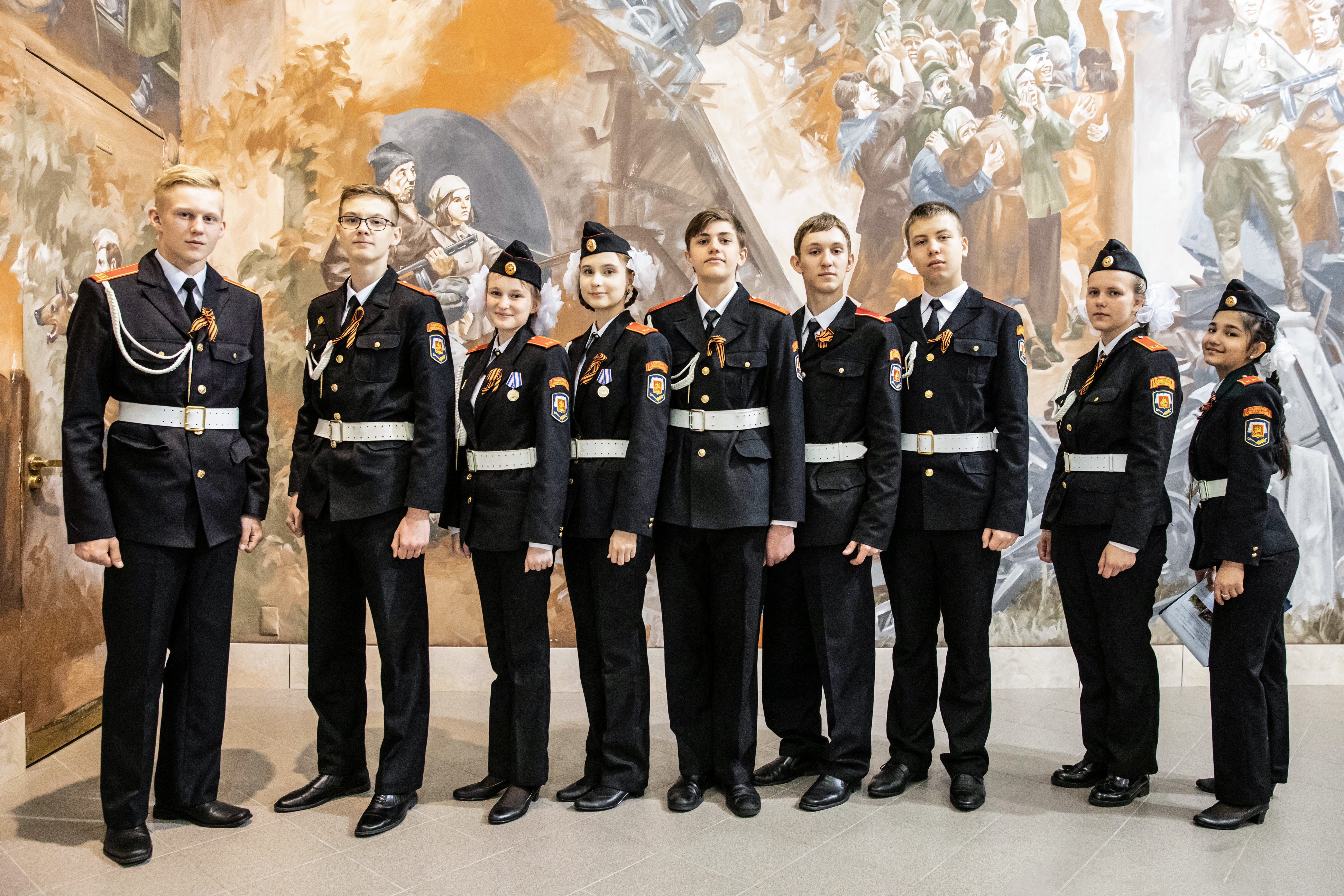





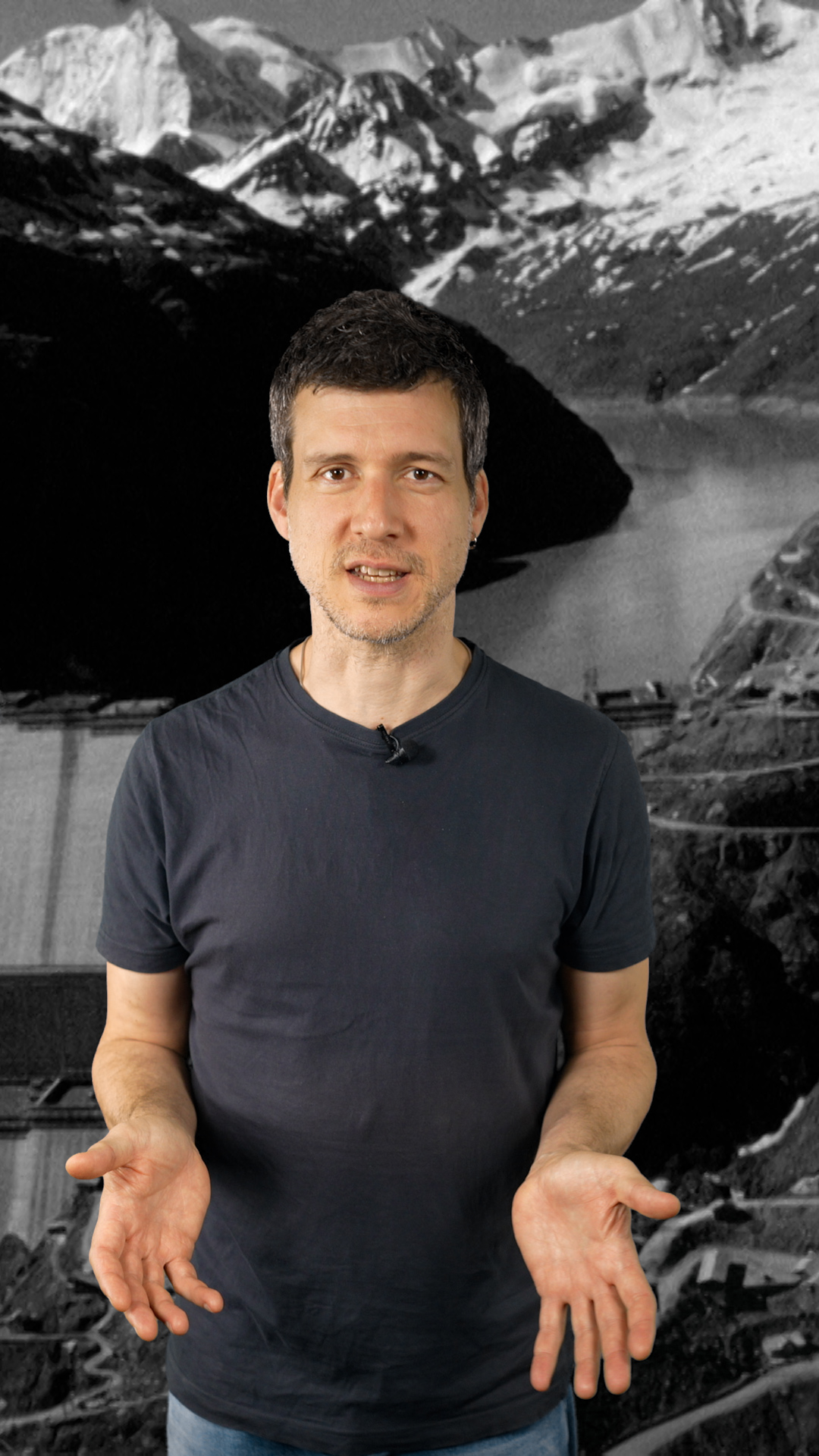




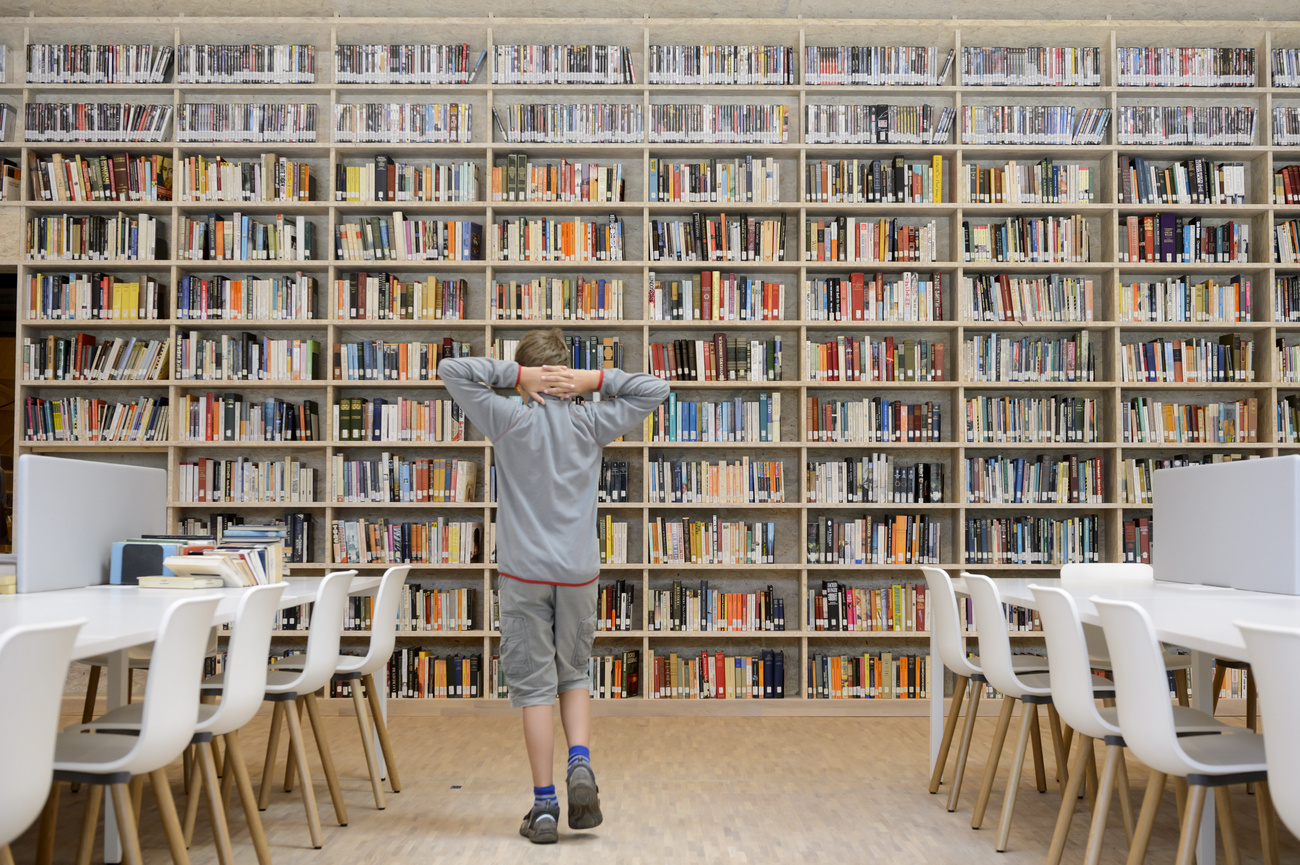




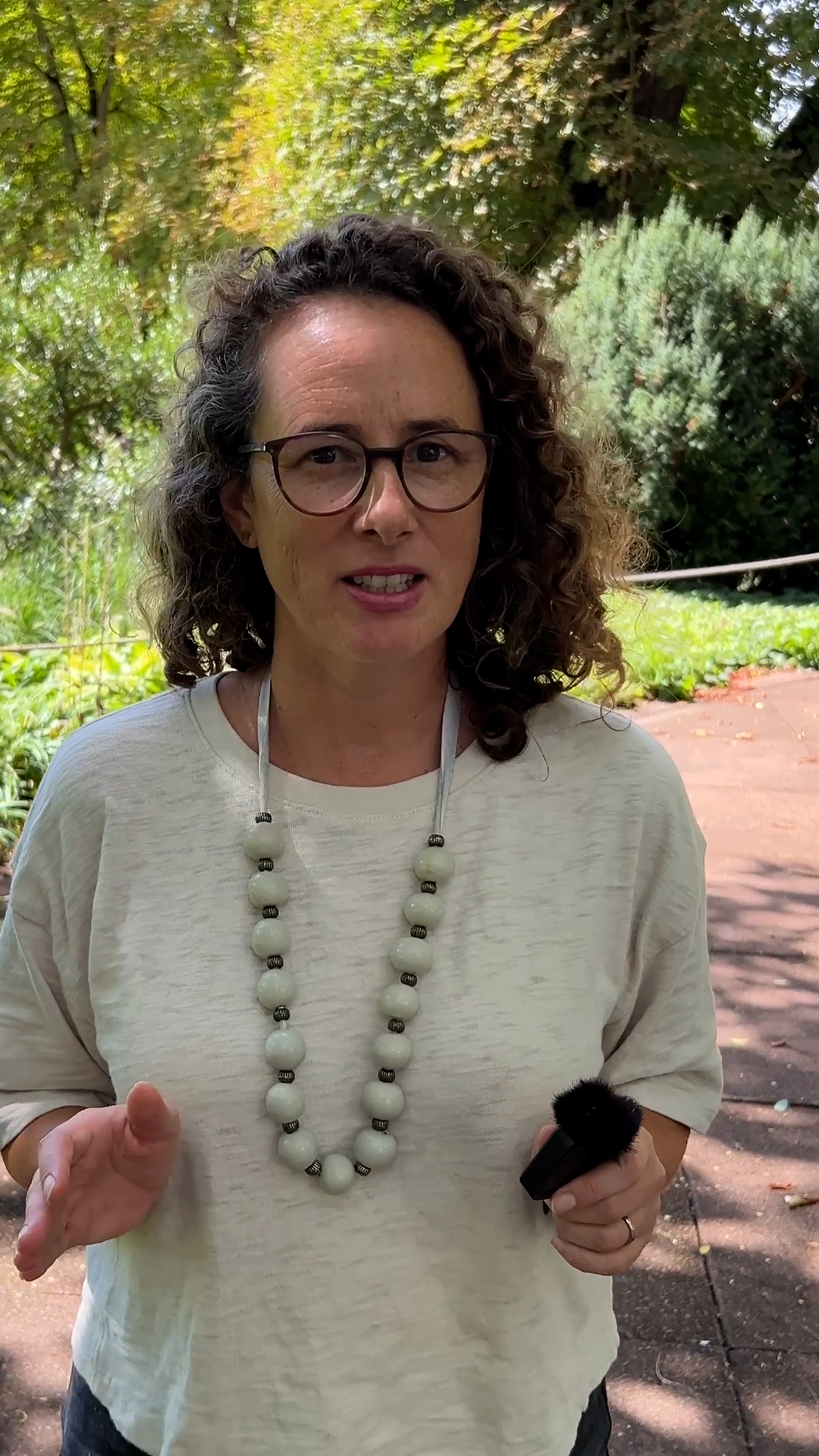

















You can find an overview of ongoing debates with our journalists here . Please join us!
If you want to start a conversation about a topic raised in this article or want to report factual errors, email us at english@swissinfo.ch.